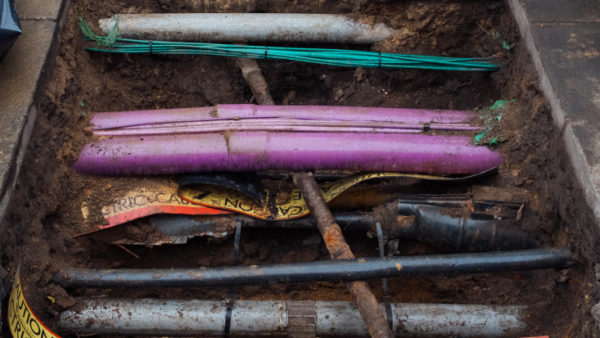
A free-to-access national metric library that acts as a resource and repository for quantitative and qualitative performance metrics has been proposed by the Scottish Futures Trust and the Construction Innovation Hub.
The national metric library will be open to all industry and client bodies, and – crucially – will be unbiased towards any industry methodologies. A user-friendly digital interface will ensure it will be accessible to all.
It would support clients and industry to identify appropriate metrics and assess the performance of design, delivery, operation, and disposal of assets.
The Scottish Futures Trust and the Construction Innovation Hub first began to explore the potential benefits of a national metric library in 2019, then forming a working group to exploree three options for delivery. The Transforming Infrastructure Performance Roadmap to 2030 report, published by the Infrastructure and Projects Authority in September 2021, included the library as a deliverable with a two- to five-year delivery timeframe.
The working group’s strategy paper, launched yesterday, recommends that the Royal Institution of Chartered Surveyors (RICS), as the professional body of measurement rules and standards in the built environment, should lead the development of the library.
RICS has set out the steps needed to develop a collaborative working arrangement, using professional bodies as a core steering group and is investigating the participation of the bodies that are involved in Built Environment Carbon Database. The list of bodies includes the Chartered Institute of Building, the Institution of Structural Engineers, the Royal Institute of British Architects and the Chartered Institution of Building Services Engineers.
Measuring the built environment
Paul Dodd, Scottish Futures Trust’s head of infrastructure technology and improving project delivery, is also chair of the working group. He explained: “We need to measure so many aspects of our built environment, such as maintenance costs, indoor environment quality, social impact and whole life carbon, in order to benchmark, learn and improve performance. This complex area of performance will continue to evolve and a central resource to consolidate metrics will support learning and industry capability.”
He added: “The national metrics library will be a place where users can easily identify things they can measure to assess the performance of their assets, along with details on how to measure them. It will support coordination, innovation, knowledge sharing and dissemination of best practice to improve how we measure sustainable performance across the asset lifecycle. We hope this national resource will support the performance standards of our built environment, which will be of benefit to business, the overall economy, our net zero goals and society.”
The strategy paper also sets out that the library will not be:
- a prescribed methodology for value-based decision-making;
- a benchmark database – however it will signpost to known benchmarking sources for the measurement of performance across the asset lifecycle; and
- a method of verifying metrics – however, it will validate the inclusion of a metric by way of ensuring key constituent parts are set out.
Ian Nicholson, Construction Innovation Hub project lead for the strategy paper, said: “The need for performance improvements across industry has never been greater. A national metrics library will facilitate greater collaboration, alignment and dissemination of performance measurement and sharing of best practice.”
Don’t miss out on BIM and digital construction news: sign up to receive the BIMplus newsletter.














